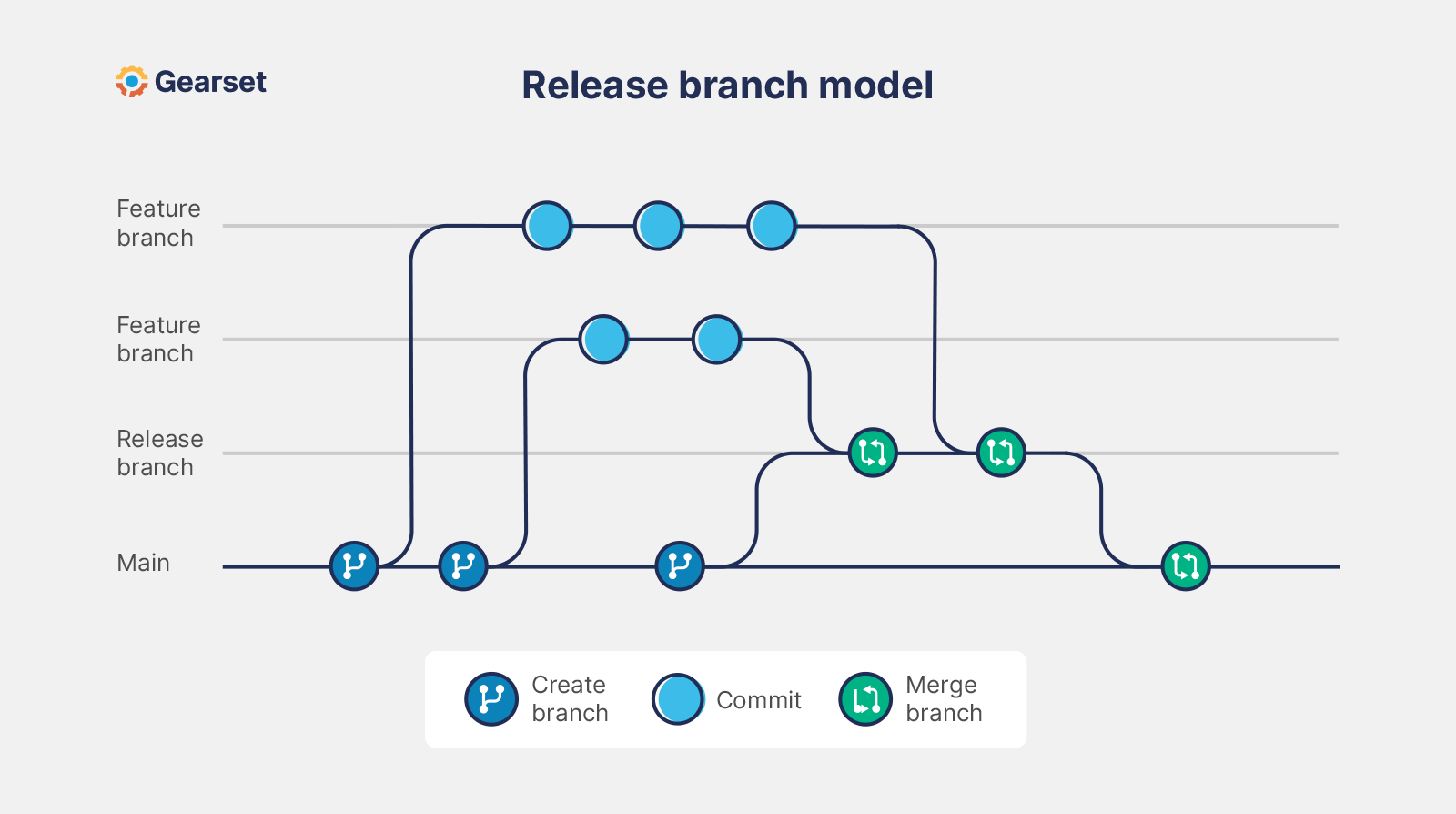I believe it’s time to begin working toward a v3.7 release of JMonkeyEngine.
Is anyone interested in acting as our release manager for JMonkeyEngine 3.7.0?
The release manager is responsible for driving the release process. This includes:
- deciding the scope of the release: which features/fixes to include,
- setting the schedule,
- organizing any required testing,
- tracking issues and pull requests,
- generating alpha/beta/production releases,
- writing up the release notes, and
- publicizing the final product.
While acting as release manager requires some technical skills (such as Java, Gradle, Git, GitHub, and Nexus), communication/people skills are just as important. If you need guidance or advice, there at least 3 former release managers (@Ali_RS, @pspeed, and myself) active here at the Forum.
Any volunteers?

